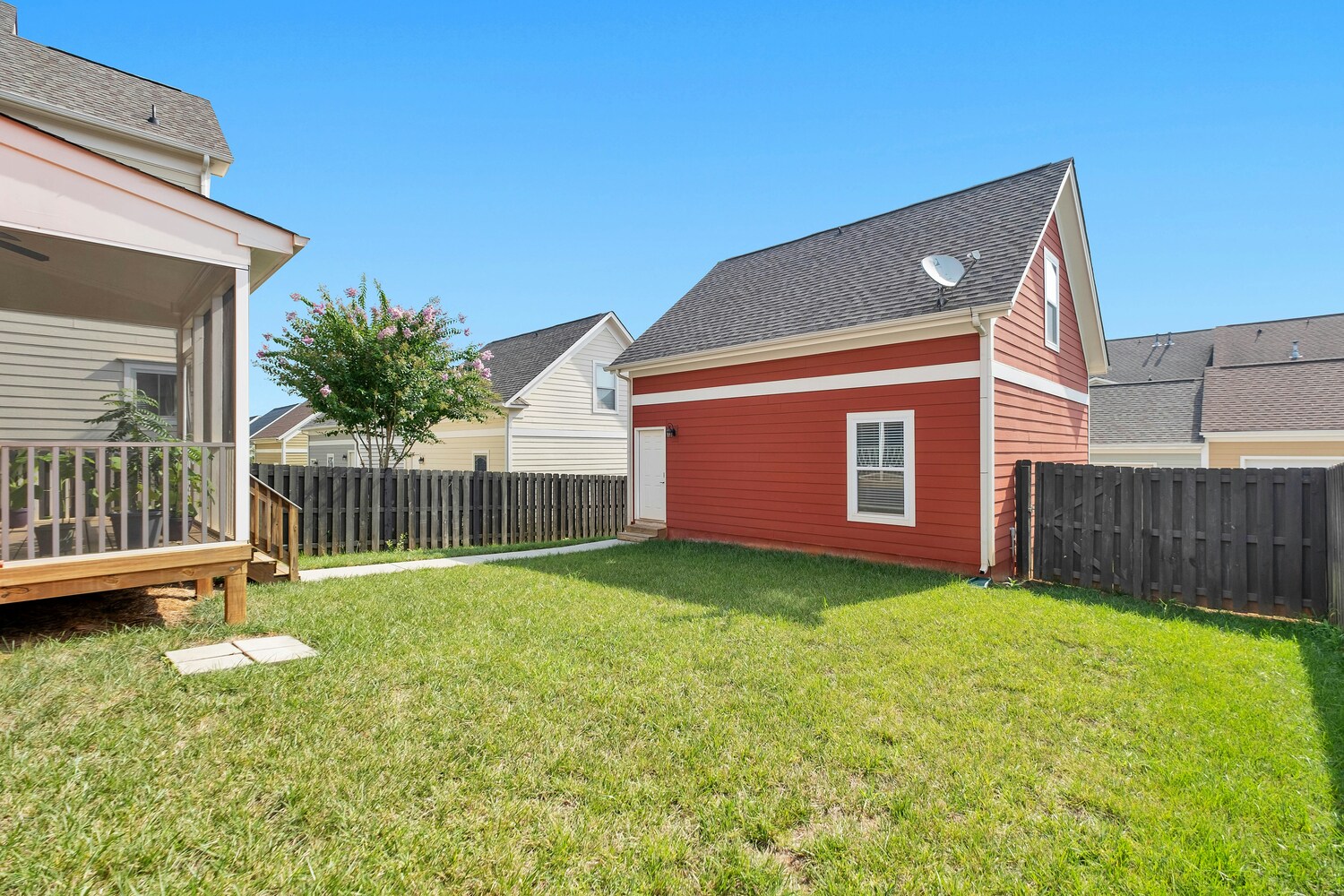Home improvement projects often begin with good intentions, especially when it comes to enhancing your outdoor space. From adding privacy fences to installing new patios or sheds, many homeowners jump into these yard upgrades without giving a second thought to permits or local ordinances.
However, failing to follow your city’s codes can lead to costly fines, legal disputes with neighbors, or even forced removal of your project. In some cases, violations could impact your homeowner’s insurance coverage or complicate future sales of your property.
Before you pick up your tools or sign a landscaping contract, here are six surprisingly common yard projects that frequently violate local codes, often without homeowners realizing it.
6 Yard Projects That Violate Local Codes Without Warning
1. Fencing Projects That Exceed Height Restrictions
Fences are among the most popular outdoor projects for homeowners seeking privacy, but they are also one of the most commonly regulated. Many cities and homeowners’ associations (HOAs) have strict limits on fence height, materials, and placement.
For example, front yard fences are often limited to a lower height—typically around 3 or 4 feet—to maintain neighborhood visibility and safety. Backyard fences may have a higher limit but still face regulations, especially if they block a neighbor’s view or light.
Violating fence height restrictions can trigger immediate citations. In extreme cases, homeowners are ordered to tear down the fence entirely at their own expense. Even a few inches over the legal height limit can spark trouble, particularly in neighborhoods with vigilant code enforcement.
Before building, always check with your local planning department and HOA (if applicable) to confirm fencing rules, required permits, and inspection processes.
2. Sheds and Accessory Structures Without Permits
Storage sheds, greenhouses, and other accessory buildings seem like simple additions, but many municipalities regulate their size, location, and construction methods.
In most areas, you’ll need a permit for any shed over a certain square footage—sometimes as small as 100 square feet. Placement on your property matters, too. Many codes require a minimum distance between sheds and property lines, utilities, or other structures for safety and fire prevention.
Homeowners sometimes assume that prefabricated or “portable” sheds are exempt, but this isn’t always the case. Local codes may still require permits, especially if the structure has electrical wiring or plumbing.
Unpermitted sheds can lead to stiff fines and complications when selling your home. Inspectors will often flag them during the closing process, forcing retroactive permits or removal.
3. Driveway Expansions That Encroach on Public Property
Adding space to your driveway may seem harmless, but many cities have strict rules about where your driveway can extend. Expanding your driveway onto what’s technically city-owned property, such as sidewalks, tree lawns, or street easements, can land you in legal trouble.
Some homeowners unknowingly pave over portions of public land, assuming it’s part of their property simply because it’s adjacent to their lot. However, these areas are typically reserved for utility access, pedestrian safety, or drainage.
Violating these boundaries can result in mandatory removal of the paving and hefty repair costs for restoring the area. In some cases, cities also impose additional penalties for unauthorized alterations to public property.
Before expanding a driveway, get a property survey if needed and consult your local zoning office to verify where your legal boundaries end.

4. Landscaping That Blocks Sight Lines or Road Visibility
Lush landscaping can beautify your yard, but certain plants and trees may violate city rules if they create visual obstructions. Many municipalities regulate the height and placement of trees, shrubs, and hedges near streets, driveways, and intersections to prevent accidents. If your landscaping blocks the view of stop signs, driveways, or oncoming traffic, you may face code violations or be held liable for any resulting accidents.
Certain trees may also be protected by city ordinances, making it illegal to trim or remove them without permits. Homeowners unaware of these rules often face significant fines for unpermitted pruning or tree removal.
To avoid legal headaches, check with your city’s public works or planning department before planting or removing large landscaping features near streets or sidewalks.
5. DIY Retaining Walls That Disrupt Drainage
Retaining walls are popular for managing slopes and adding garden levels, but they often fall under strict engineering codes. Improperly constructed walls can cause drainage issues, soil erosion, and even structural collapse.
Many cities require permits and engineering plans for retaining walls over a certain height, often around four feet. If the wall affects neighboring properties or encroaches on easements, additional regulations may apply.
Homeowners who attempt DIY retaining walls without proper design or permitting may later face orders to dismantle them, especially if water runoff damages surrounding areas. Liability for such damage can extend to civil lawsuits from affected neighbors. If you’re considering a retaining wall, consult with a licensed engineer or contractor and check local codes before starting.
6. Outdoor Lighting That Violates Light Pollution Laws
Outdoor lighting adds curb appeal and improves safety, but many homeowners are surprised to learn that their yard lights could violate local codes related to light pollution. Cities increasingly enforce “dark sky” regulations designed to minimize glare, prevent excessive brightness, and preserve nighttime visibility for neighbors and wildlife.
Common violations include lights that shine onto neighboring properties, upward-facing floodlights, or excessively bright security lights left on all night. Code enforcement officers can issue warnings or fines for such lighting. In severe cases, you may be ordered to replace or reposition your lighting fixtures.
When installing outdoor lights, choose fixtures that direct light downward and use bulbs with appropriate brightness levels. It’s also wise to install timers or motion sensors to limit nighttime operation.
Know Before You Dig: Avoid Costly Yard Mistakes
Yard projects may seem simple, but the legal risks of violating local codes are real. From height restrictions and permit requirements to safety rules and environmental regulations, homeowners must navigate a surprising amount of red tape.
Before breaking ground on your next outdoor upgrade, take the time to research local codes, consult with professionals, and, if necessary, obtain the required permits. Doing so can save you from expensive penalties, legal headaches, and the frustration of undoing your hard work later.
Have you ever run into a legal issue with a yard project?
Read More:
How Trees Upgrade Your Yard While Saving Money
Everyday Items That Can Trigger Homeowner Insurance Denials
Read the full article here














